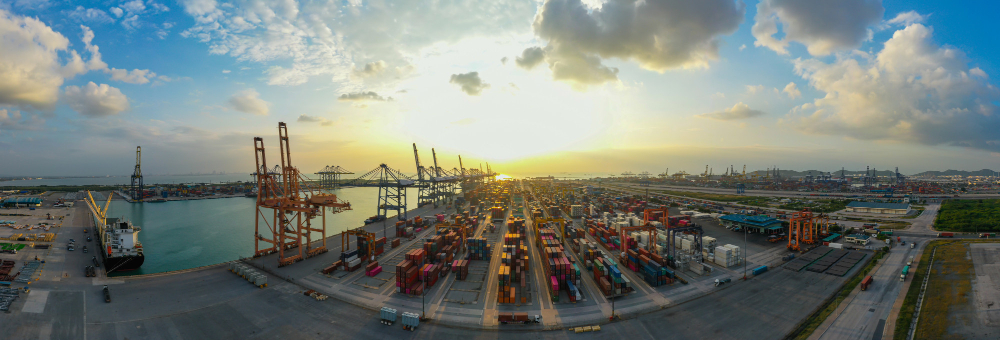As business landscapes and trends change, supply chain enterprises also need to introduce flexible strategies. This is important to maintain a competitive advantage and address customer demands. Agility means readiness to change. So, from a business point-of-view, it is a more responsive strategy in a volatile marketplace where operations are demand-driven. Agile logistics are designed to make supply chains more responsive, flexible, and competent. The drivers of the elegant supply chain are speed, cost, and efficiency.
This article will discuss some advantages and challenges related to agile logistics.
Advantages Of Agile Logistics:
These are some of the advantages of agile logistics in a supply chain.
Supply Chain Agility Improves Yields:
Many schedulers have a shortage of necessary raw materials at the moment. The global nature of the pandemic has eliminated the option of choosing an alternate supplier. The lack of raw materials has made it essential to remove all kinds of waste from these processes.
Sequencing of material batches can sometimes substantially affect the production yields. This is especially true for multi-output operations where co-products are combined. Complex calculations are needed to make these combinations and processes more quick and agile. So, agile supply chain planning tools help teams to consider relevant variables and automate scheduling.
Increased Throughput:
The global economy is returning back to normal. The return to total production capacity is happening in different stages. We are still facing labor insufficiency in many parts of the country. This implies that some production lines are still on hold.
Additionally, transportation delays are also still quite common. This places increased pressure on manufacturing. Advance scheduling, a part of agile logistics, makes it possible to generate a production sequence. This sequence can then minimize costly changeovers and overcome bottlenecks to achieve a balance between production efficiencies and inventory levels.
Agile Logistics For Scenario Analysis:
As we face dynamic uncertainties due to the current economy, researchers need to work with various scenarios and solutions. The best agile scheduling tools make it possible to cater to the “what-ifs” and visualize the impacts of disruptive events.
Agile Logistics also helps planners to evaluate and select alternative versions of production schedules. These scheduling tools make it possible for researchers to develop alternative solutions and how they will perform in unfavorable conditions. This is an essential insight for adequate contingency planning.
Scheduling Flexibility:
Once an optimized schedule has been generated, it doesn’t remain static for long. Expected raw materials may be late, and customers may ask for expedited shipping. Also, the production line can face unscheduled downtime. In most cases, all these disruptions will be explored by scenario analysis, and a response will be determined. But, we can’t predict every interruption.
So, last-minute scheduling changes are certainly nothing new for supply chain managers. They have become the norm. A small scheduling change can have a ripple effect on the upstream and downstream processes. Some of these also affect the delivery dates.
Without advanced scheduling software, the full impact of such a change may not be noticeable. The right agile tools can equip the researchers with the dexterity to make last-minute schedule changes. This way, they can reoptimize overall production and quickly identify the impacts.
FAQS
Q1- What is agile in supply chain management?
The agile supply chain refers to responsiveness, competency, flexibility, and quickness to manage how well a supply chain entity operates daily. A key benefit of agility in the supply chain is avoiding potential shortages and eliminating excessively stocked inventory.
Q2- What is the difference between lean and agile logistics?
The difference between lean and agile logistics is the dynamism with which the response to the market is made. A lean supply chain focuses on cutting costs by producing high volumes of products with low variability. An agile supply chain focuses on responding to the market demand with smaller, customizable batches of items.
Conclusion:
Due to the uncertainties associated with the pandemic, organizations have shown an increased interest in agile logistics. Agile logistics help them plan and better prepare for supply chain disruptions.
Also Read: 6 Key Supply Chain Trends To Watch in 2022




